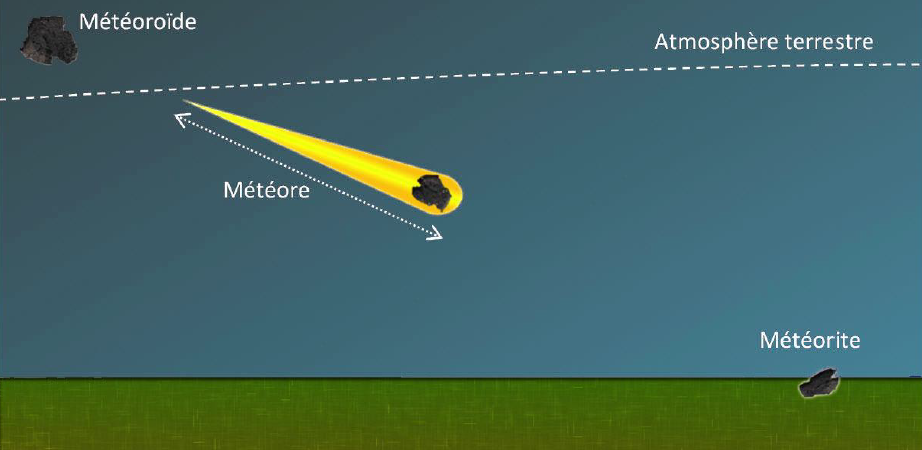METEORIX : analysing the composition of meteoroids.
(report 2017)
The Earth’s atmosphere is a formidable detector of small objects or extraterrestrial solid particles, called meteoroids. Meteoroids heat up and ionize in the upper atmosphere, producing a meteor. The aim of the Meteorix nanosatellite student project is to observe and detect meteors in order to measure their magnitude and estimate the flow of meteoroids arriving on Earth. The detection of meteors from space is an essential asset to overcome weather conditions on the surface, and to cover a wide area of the sky. This student nanosatellite project is developed at UPMC (CSE CurieSat) and is supported by CNES under the JANUS program. The two space campuses CurieSat and C2ERES are joining forces here to pool resources and promote the development of student nanosatellite projects. The main laboratories involved in the project are : IMCCE, LIP6, LATMOS, the Faculty of Physics, the Faculty of Engineering and the UFR Earth, Environment and Biodiversity of the UPMC. Funding of trainees and operation in the initial phases of the project has been supported through ESEP. In this and the following phases, the financing of prototypes and the pooling of resources can also be supported through ESEP.

Contact : Dimitri Galayko (project lead), dimitri.galayko @ lip6.fr



